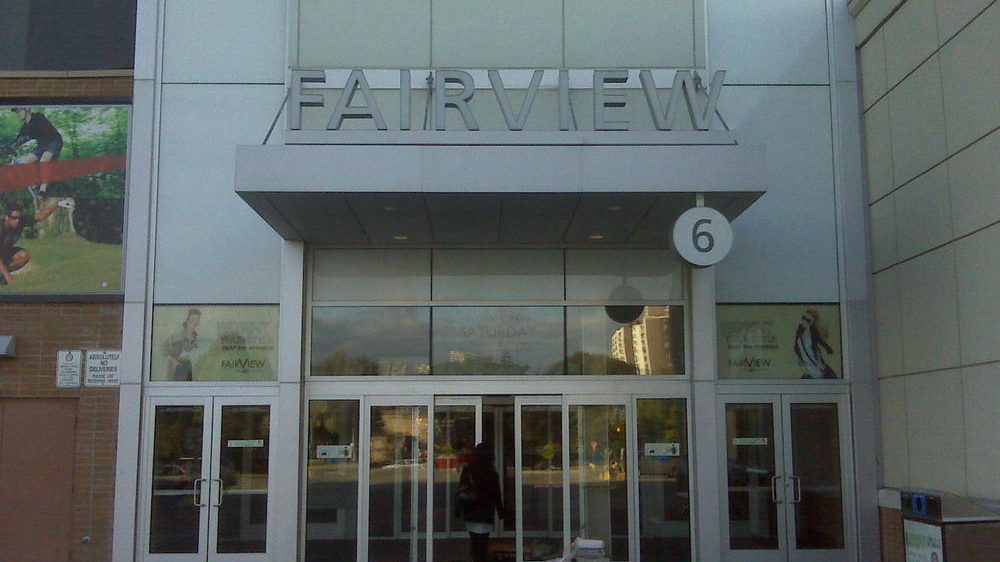Wiarton Willie predicts early spring, Shubenacadie Sam says long winter
Posted February 2, 2022 5:58 am.
Last Updated February 2, 2022 2:35 pm.
Canada’s two foremost weather-minded marmots are at loggerheads.
Ontario’s Wiarton Willie claims an early spring is on the way, while Nova Scotia’s Shubenacadie Sam is predicting a long, cold winter ahead.
Sam emerged briefly from her enclosure at a wildlife park north of Halifax on Wednesday morning — Groundhog Day — and according to her handler, she saw her shadow.
As the door to her pint-sized barn opened, Sam poked her nose outside, sniffed a nearby carrot and promptly returned inside to avoid the brisk -12 C weather.
Willie, meanwhile, was rolled out onto a stage in a Plexiglas box and, according to Wiarton Mayor Janice Jackson, proclaimed spring was nigh.
Folklore has it that if a groundhog sees its shadow on Feb. 2, it will retreat into its burrow, heralding six more weeks of wintry weather. No shadow is said to foretell the early arrival of spring-like temperatures.
At the Shubenacadie Wildlife Park, head interpreter Tabitha Cox said six weeks of winter wasn’t necessarily bad news.
“That means six more weeks of possible snow days, kids,” Cox said. “More time to build snowmen. More time to go skiing. Long winter ahead for us.”
For the second year in a row, the event at the park was closed to spectators and was broadcast live on Facebook to comply with the province’s COVID-19 health protection orders.
Living on the East Coast, Shubenacadie Sam is typically the first groundhog in North America to issue a long-term forecast.
Meanwhile, Ontario’s most famous groundhog, Wiarton Willie, offered his seasonal forecast at 8:07 a.m. in a mostly virtual ceremony.
Last year, Willie was nowhere to be seen in a video marking Groundhog Day. Local officials called an early spring after throwing a fur hat into the air — a move they said recalled the tradition’s first edition in Wiarton more than 60 years ago.
Months later, the town of South Bruce Peninsula, which includes Wiarton, publicly acknowledged that Willie had died from an infection caused by an abscessed tooth.
At the time, Jackson said the albino woodchuck had died “quite a while before the last Groundhog Day,” but she didn’t specify when.
The Groundhog Day ritual may have something to do with Feb. 2 landing midway between winter solstice and spring equinox, but no one knows for sure.
In medieval Europe, farmers believed that if hedgehogs emerged from their burrows to catch insects on Feb. 2, that was a sure sign of an early spring.
However, when Europeans settled in eastern North America, the groundhog was substituted for the hedgehog.










